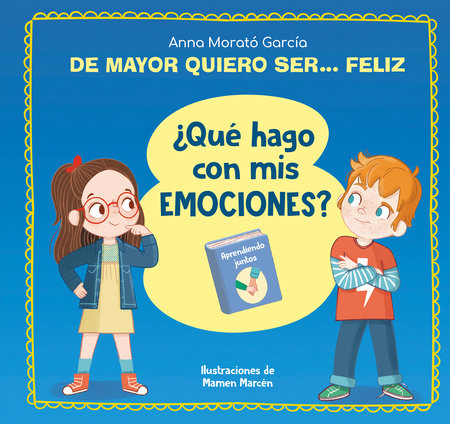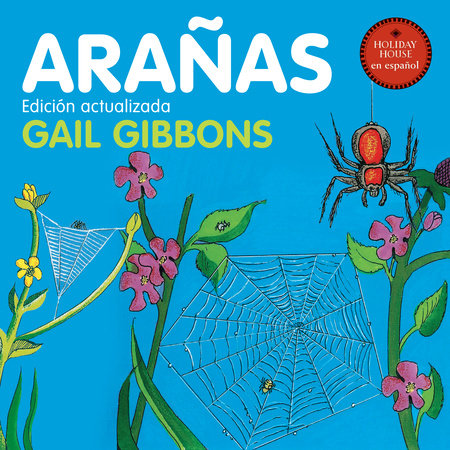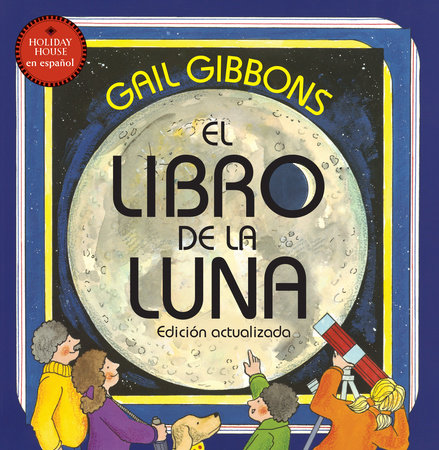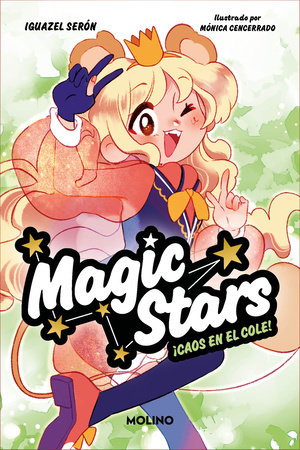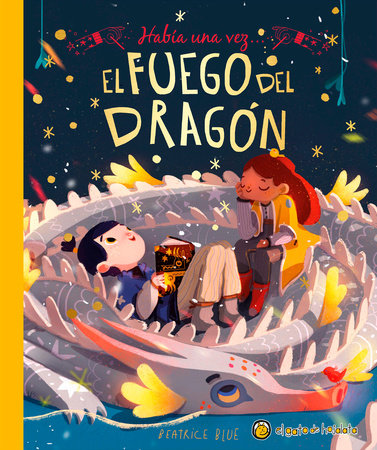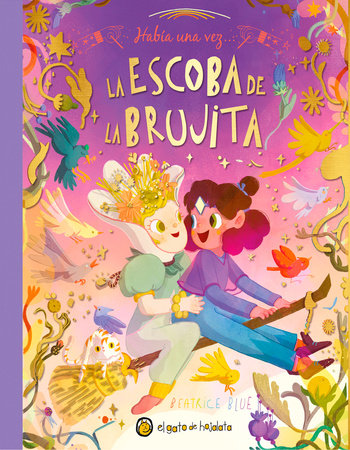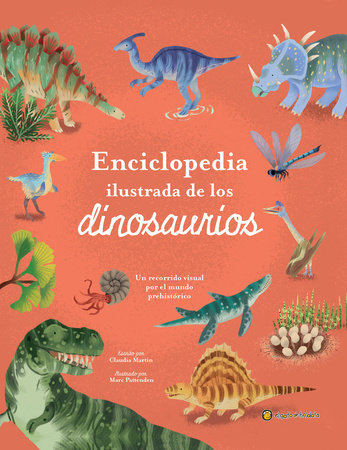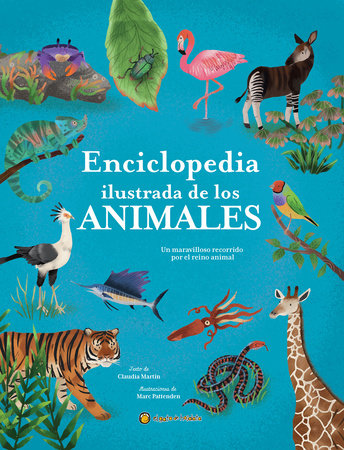El nuevo e imprescindible cuento de Anna Morató sobre la gestión de las emociones, autora de De mayor quiero ser… feliz.
Un libro ideal para que adultos y pequeños a partir de 6 años aprendan y crezcan juntos.
¿Qué hacemos con nuestras emociones? ¿Sabríamos los adultos responder a esta pregunta? ¿O hacemos con nuestras emociones lo que podemos y por eso, en muchas ocasiones, tenemos la sensación de estar haciendo malabarismos o equilibrios con ellas?
A veces les pedimos a los niños y niñas que tengan un comportamiento con sus emociones que ni siquiera los adultos somos capaces de lograr.
Los protagonistas de este libro son Julia y su pandilla de amigos. Con ellos vamos a APRENDER, ENTENDER, EXPLORAR Y PRACTICAR la gestión de las emociones.
En este libro no hay fórmulas mágicas ni soluciones inmediatas. No se trata de borrar las emociones que nos hacen sentir mal. Se trata de explicar a los más pequeños de una manera muy visual qué hacer con sus emociones. Los adultos que les rodean los acompañarán con muuucha paciencia, como cuando les enseñan a leer, a escribir o a montar en bici.
Este libro brinda una bonita oportunidad para hacer juntos este aprendizaje de vida tan valioso y necesario.
Tras el éxito de De mayor quiero ser… 1 y 2, Vamos a llevarnos bien y Creo en ti, Anna Morató nos trae una nueva propuesta de libro infantil pensado para leer en familia.
A TRAVÉS DE:
*Textos sencillos y claros.
*Sencillas metáforas y ejemplos visuales.
*Personajes con los que identificarse.
*Coloridas ilustraciones que acompañan y aclaran el texto.
LOS MÁS PEQUEÑOS APRENDERÁN:
*A identificar y entender cuáles son las emociones y cómo funcionan.
*A saber qué hacer con ellas y cómo procesarlas:
*Aceptarlas y expresarlas.
*Ponerles nombre.
*Medirlas.
*Calmarlas.
*Que la gestión de las emociones es una parte muy importante para su salud y bienestar y para conocerse a sí mismos.
*Que es necesario tener una buena actitud para ser feliz.
*A tener una actitud respetuosa y amable.
LOS ADULTOS DESCUBRIRÁN:
*Que la gestión de las emociones es a veces una asignatura pendiente que nuestros hijos nos brindan la oportunidad de aprender con ellos.
*La importancia de aprender a ser ejemplo para ellos.
*Cómo acompañar a los más pequeños en la gestión de sus emociones:
*Aceptándolos y escuchándolos.
*Conectando con ellos.
*Confiando en ellos y comprendiéndolos.
ENGLISH DESCRIPTION
The indispensable new story that delves into the intricate world of emotions, by Anna Morato.
This book is ideal for adults and children ages six and over, offering an opportunity for shared learning and growth.
What should we do with our emotions? Can adults confidently answer that question, or are we just doing our best to manage our feelings, while sometimes it may feel like a balancing act?
We sometimes expect children to handle their emotions in ways that even adults find challenging.
Meet Julia and her group of friends, the protagonists of this story. Through their experiences, we will LEARN, UNDERSTAND, EXPLORE, and PRACTICE managing our emotions.
This book doesn’t promise magical solutions or quick fixes. It’s not about erasing negative emotions but rather about visually explaining to children how to handle them. The grown-ups around them patiently guide them through this journey, just as when they once taught them to read, write, or ride a bicycle.
This book offers a wonderful opportunity for sharing together these valuable and necessary life lessons.
Following the success of When I Grow Up, I Want to Be… 1 and 2, ‘Let’s Get Along, and I Believe in You, Anna Morato offers this new children’s book designed for reading together as a family.
This book achieves its purpose through:
• Simple and concise text.
• Easy-to-understand metaphors and visual examples.
• Relatable characters.
• Vibrant illustrations that go hand-in-hand and complement the text.
THE LITTLE ONES WILL LEARN ABOUT:
• Identifying and understanding emotions and how they function.
• Knowing how to handle emotions and process them effectively:
• Acknowledging and expressing feelings.
• Naming them.
• Measuring their intensity.
• Finding ways to calm them.
• Understanding that managing emotions is integral to their health, well-being, and self-awareness.
• Recognizing the importance of a positive attitude in achieving happiness.
• Learning the meaning of showing respect and kindness.
